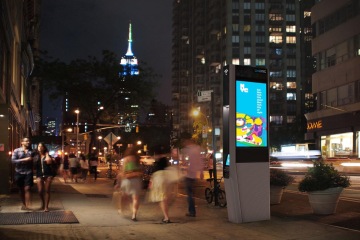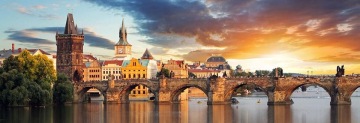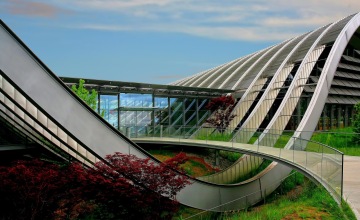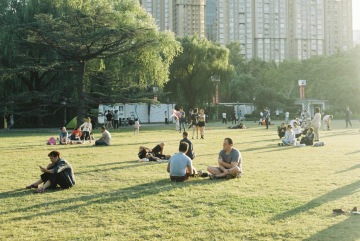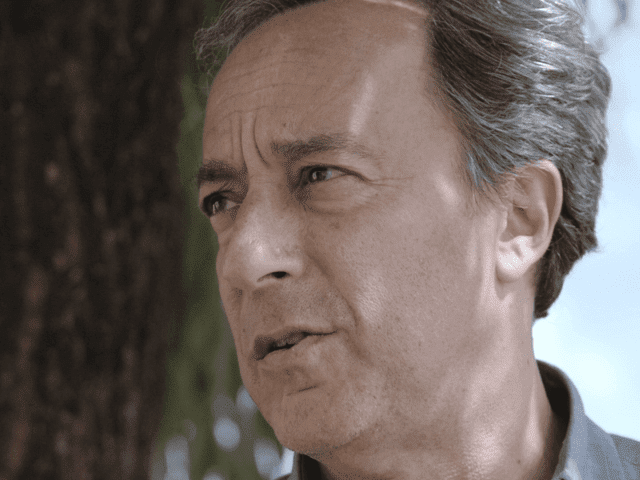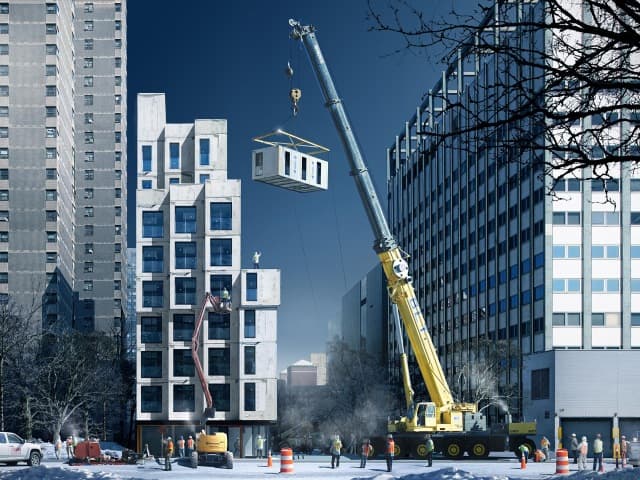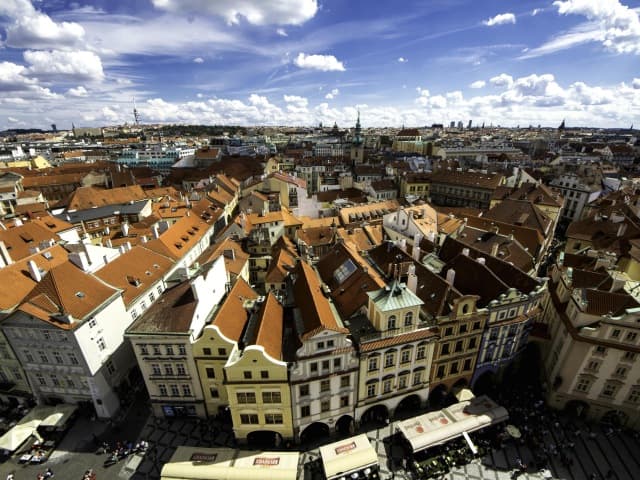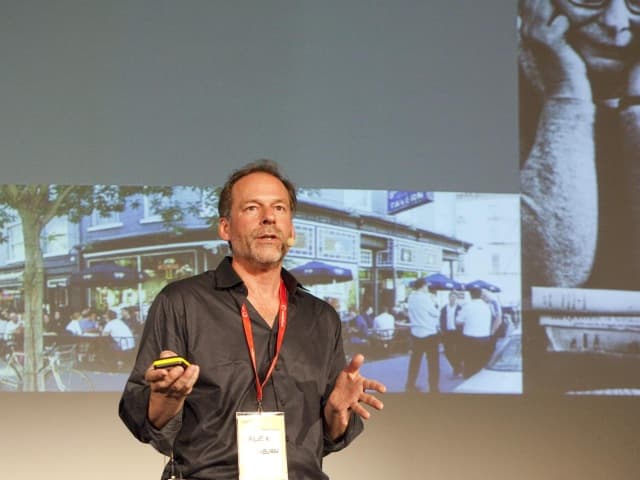
Public Spaces and Waterfronts Not the Place for Advertising
“Ignoring the progress in sustainability, resilience and data-driven innovation would be like not paying attention to the Internet 25 years ago.” Martin Barry
How can corporate social responsibility (CSR) benefit cities? Sometimes we see companies make a big buzz around small projects, like a single tree they paid for or planted…
The question is really to what extent they are committed. CSR can help the civic sector improve the urban environment and impact climate change in diverse ways. Companies and particularly multi-national corporations can do many things that do not cost that much money, but can attain wide visibility. In New York City, former Mayor Michael Bloomberg and former the former Commissioner (head) of NYC Parks, Adrian Benepe (also, reSITE Board member), called “MillionTreesNYC” to plant one-million trees in 10 years. This is a good example of a partnership between a public institution, the civic sector and the private sector, namely BNP Paribas and Toyota. The private sector provided the capital. The public sector provided the leadership and logistics. The civic sector provided the workforce by utilizing non-profit organizations like the New York Restoration Project and other organizations that help disadvantaged young people find good work after being released from correctional facilities. It was an ambitious project. Over one million trees were planted between 2007 and 2017, and roughly 50,000 New Yorkers, common citizens, participated. Even more took part by calling the free hotline to order a tree for their community, or street. Within weeks of a tip or call from a citizen, they could watch or even volunteer to help plant the tree.
In my street people erected a memorial for a tree that the municipality chopped down. This is our reality. But the trees are not the only thing that need to be improved.
This is unfortunate reality that cities often don’t recognize the health, climatic, economic or social benefits of greener streets. But sure there are other innovative projects beyond trees. BMW and Audi are involved in various urban-design, or future cities projects particularly focused on “smart” and autonomous mobility. They’re trying to find ways to rethink cars and cities and for a driverless future, while not killing the car. Red Bull and locally, Budvar, are some examples of companies that are very involved in cultural, urban and architectural projects.
In some American and European cities, it is common that street furniture is completely sponsored by advertisers, who take the ad revenue from bus stops or similar small billboards they maintain.
In New York, a relatively new Alphabet (Google) company named Sidewalk Labs is designing and installing “LinkNYC,” wifi and info points on nearly every block in Manhattan. The goal is to have there a very dense network that make the entire city an uninterrupted wifi zone. The tech industry, entrepreneurs and city leaders likes these tools because by studying the anonymous data, we can understand how people move around the city. It does, however, raise enormous questions about personal data and security. At LinkNYC one can charge phones, search the internet and in the early days, one could even watch porn on the screens (now censored!). Seriously, this is the future. The trick is to harness the tech to make smart citizens and not just smart cities.
Here in the Czech Republic, the country has a record ratio of car owners per capita. It makes it difficult for launching a car-sharing service. People don’t need to share a car. They have their own. And, yet — the air quality is as poor here as it in Beijing.
And, would you like to apply all these principles in Prague…
Prague has so much potential. The City has not yet implemented much in this field. The overall experience of public space and civic architecture could be much more thoughtful and intentional. Look necessary at the riverfront, particularly the area named “Naplavka.” It has become an advertising zone because of how busy it is in warm months, but there is nothing for families; no playground, no seating, no shade, no greenery. I don’t see any mandate in the city that says the waterfront should be used for oversize posters of beer brands, or giant beer branded boats. It’s a little strange.
Rules for advertising in public space seem to be defined on a case-by-case basis. I remember having seen a big purple cow on the Vltava River. That was allowed.
There is simply too much advertising in the public domain in Prague. As a rule, I am not against advertising. But when you look at other advanced cities, you will not see such a strong presence of billboards and messy advertising in cities. Think about the Seine in Paris, for example. The advertising in Prague makes the city feel cheap. Huge billboards covering buildings on the street makes the city feel cheesy. It’s ugly. Even Moscow, of all places, recently banned a lot of advertising in the city. The aesthetic improvements are incredible, it’s like a completely different city in some places.
And what about Times Square?

Sure, good example. This is a clear example, like Shibuya in Tokyo, where a retail zone is setup for advertising. Actually, this makes the place interesting. And, it’s incredibly valuable because of the intensity here and restrictions elsewhere. But elsewhere in Manhattan you won’t find this. On the waterfront, here is virtually no advertising in the pedestrian level — with exception along the northern stretches of Manhattan along the West Side Highway — targeting fast moving cars not pedestrians.
Currently I believe that there is not a more relevant theme for social responsibility than the improvement of cities, public space and the urban environment — and not only for brand marketing but also political campaigns.
There is a commission in Prague to make “smart city” projects, yet nothing much has been done. Where would you start, if you led it?
First, the City of Prague should know how to use data and technology in order to plan and implement of centralized dashboard, or monitoring of all utilities and municipal services. Now they leave this management to private companies, which is very inefficient. It is centralized in most modern cities abroad. Veolia has one of the best systems in the world to manage utility data, but the City hasn’t shown much interest in it. I would also focus particularly on reducing traffic. If we sweeten the experience for pedestrians, it is also beneficial for retailers. Prague needs more streets without cars, where people can walk more comfortably — and you can do this with broad support because data indicates that pedestrians spend more than others in cars, for example. At the moment streets in Prague, off the tourist path, can be unpleasant. The sidewalk quality is low. And narrow. There are cars everywhere in pedestrian zones, parked all over the place. And, there’s a lot of dirt. No one cleans the sidewalks properly. The mayor is now promoting e-mobility. This is good. Paris can be a model for her. Like Paris, the City might expand the number of electric charging stations and dedicated parking spots for these cars. Bicycle sharing is another option that might be pushed more.
In Prague, it has always been a problem.
In New York City, the bike sharing system is sponsored by Citibank. They made an investment of roughly $30 million usd, which was practically free if you compare the investment to what they get for Citi branding. I spoke with one private company in Prague, which would have been willing to make such an investment, but they did not want to work with the City.
The advertising company, Bigboard is trying something like Velib. Perhaps they should use electric bikes but — because of the rugged terrain?
I live here and ride my bike around nearly every day. I have only one gear. It is often said that the hills are a deterrent for cyclists, but it’s not really so difficult. Lots of other cities have bike-sharing programs, and they’re not flat like pancakes. San Francisco has an avid cycling community. In New York, it is also hilly. The system took only about two years, with 600 miles of bike lanes painted in 5 years. I really do not know why it takes so long in some cities. NYC is a bureaucratic mess, but ambitious projects are getting done.
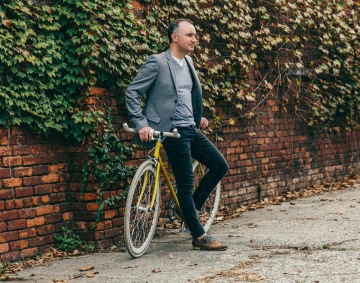
Are you ever frustrated by how long it takes in Prague change anything?
Sure. It takes a long time for things to move. I left New York last year after my company finished two big projects, including an island in Calgary, Canada on the river, a park of 12 hectares, with a pedestrian bridge and over $40 million investment. It took 5 years from planning to ribbon cutting. It seems to me that something like this in Prague will take several decades.
What about Prague’s Stvanice Island?
Yes, nothing is really happening there. Just a small footbridge for pedestrians to the island has been planned for ten years. Both Prague 7 and Prague 8 district want it. The businesses on both sides want it. But, until now nothing has been done but an underfunded architectural competition. Both Karlin and Holesovice need the bridge and park. There are many global examples we can look at to prove that a bridge and park will improve the economic development of these districts. It’s a sort of a general, unfounded fear that the city has no money and so they cannot afford such an investment. But that’s simply not true. Prague is among the richest cities in the EU. It’s just that nobody wants to do big projects. I think because everyone fears that there will be some corruption, so they do nothing.
But you still hope that something will change, otherwise you would not be here now. It is so?
Of course. reSITE has already been working in Prague for five years and during that time we have organized over 85 different events on the theme of architecture and public space. We have held five major international conferences and festivals, now with a global reputation. It is true that large-scale, tangible improvements to public space have not materialized. However, I believe the things we have done with our partners like Prague Institute for Planning and Development (IPR) have made urbanism a major issue for public debate. And, it has worked. reSITE has launched installations, competitions, exhibitions, built pavilions, hosted discussions and screenings all in public space or event venues. Over the last three years, we have seen policy changes and some small improvements in the public realm, but it takes a while.
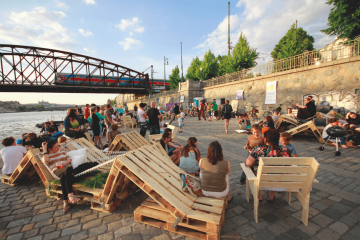
It is true that there haven’t been any major investments in public space by the city or investors. We need to change this.
At present there is no more impactful theme, useful for subtle brand marketing and also political campaigns than the improvement of cities and public space. Anyone who will make this a theme, for their political agenda will win their respective election. And, for the widest range of brands it is a way to look attractive, cool, to be engaged in quality of life issues and be committed to the future. Cities and brands in the West have understood this very well.
It’s a great opportunity and the right time to connect with these topics because now, when brands care about public space they will be in the first wave of investors. My daily work as the lead fundraiser for my nonprofit organization, reSITE. It’s tough. We must compete with industries such as music, sports, childcare and the disabled. This is really the extent of the CSR market in this part of the world. But, we see a natural extension — quality public space opens its arms and benefits all of these groups and activities. It is long-term, it’s about quality of life and it is long-term thinking.
In addition, for the energy, water, transport and waste management segment —it should be about more than just image. Local cities are very interested in implementing smart cities initiatives now. Ignoring sustainability, resilience and innovation or big data for cities would be like not paying attention to the Internet 25 years ago. We have extensive know-how and a huge network in these fields.
You are also into branding cities. That is how the city presents itself to tourists?
This is just one aspect of what “brand” should mean for a city. The second issue is the citizen brand. Or, the city brand for investors, and finally for small businesses. The city as a brand applied to these different segments with something for each one to identify with and be inspired by.
In Prague is branding for tourists overdone? Especially the focus on the center?
Yes. While Vienna, Copenhagen and Amsterdam are centrally-oriented cities, and those centers are indeed popular with tourists, you know when you’re there that it the area is not simply for tourists. Locals live, work and play there, too. We know this, but it’s not so in Prague.
What new location in Prague has the greatest potential for the future?
27 hectares in Bubny, Prague 7. It’s currently privately owned. But, the City should buy the land from the developers, have control over the planning, build the infrastructure and streets then sell the land back to the private sector at a profit. Everyone will win.
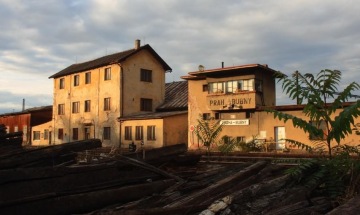
This could be a new 21st century ‘New Town’, a place where you can pilot new technologies for smart cities, e-mobility, bike sharing and other alternative transport, utilities and building types. There might be a cultural and innovation center. You could also connect well with the river, which is on both sides.
And can you think of how to improve parking in Prague?
Automakers won’t like to hear this, but the solution is to make it more costly to own a personal vehicle. Parking, gasoline, auto taxes. In Singapore, you have to pay nearly 40% tax, if you want to own a car in the city. Obviously, nobody wants to own one, but public transportation works really well. In Copenhagen, the City decided in the 1980s to restrict parking by small % every year, without letting residents know that this was a comprehensive long-term strategy. It became increasingly difficult to park, people were getting more fines…and they managed to gradually change people’s thinking. Today, it’s a very “green” city with improved air quality and over 60 percent of the denizens commute by bicycle. In Prague people rarely get fines, and they are small. And, people have the impression that they can park anywhere they want, even in green spaces or on the sidewalk. It’s remarkable. When I lived in New York, I sold my car after graduate school. I preferred to use two different car sharing systems. It was roughly the same cost financially, but I had fewer worries and it increase the quality of my life.
Related Stories
Five Talks On Using Design for Social Impact
Socially conscious designers leverage economic, environmental, political and cultural factors and consider them in their efforts to improve the livability of the built environment.
Six Talks on Designing Cities to Include Greenspace
Cities benefit tremendously from the incorporation of greenspace, a connection to nature that is an arena to cultivate community.
Four Talks on Smart Cities: Do They Enhance or Weaponize our Environment
Technology is embedded in contemporary cities. From surveillance cameras to street lights, architects, scientists, planners, and engineers are finding new ways to streamline urban environments to improve the quality of life. Yet, some worry that increasing reliance on technology could lead to its potential abuse, especially when it comes to personal privacy.
Women Make Cities: Five Talks by Women Who Are Shaping the Urban Environment
Within the fields of architecture and urban planning, women are making their case for creating built environments that serve all genders. To close the gap of gender inequality and make spaces more inclusive and safe for women, the unique perspective provided by these speakers is essential to augmenting our idea of design. To move towards more inclusive cities, women must be at the forefront of change.
Related Talks
Creating Common Ground with Michael Kimmelman | reSITE City Talks
Michael Kimmelman, architecture critic for the New York Times, speaks to reSITE about how architects are responsible for creating healthy cities to address climate change, refugees, and urbanisation. In conversation with urban planners and designers, architects can create resilient neighborhoods and cities.
Mimi Hoang on How Small a Livable Apartment Should Be
Mimi Hoang, co-founder of New York based nArchitects, discusses methods of solving the overcrowding and housing shortage of New York City and her projects on improving public spaces. She explains her latest project creating more affordable micro living apartments for lower income or single person households in the city, as well as her past work in Chicago turning the pier into a public space for locals to enjoy.
The Future of Prague: Metropolitan Plan
Prague Plans: Preparing For the Future
The History of Urban Design and the Future of Sustainability in New York
Alexandros Washburn, former Chief Urban Designer of New York City, lectures for a reSITE 2013 conference on three main figures who shaped urban design in New York City. He gives examples of urban resilience in the face of climate change and the need for sustainability in all parts of city living, especially architecture and maintaining the livability of cities.
